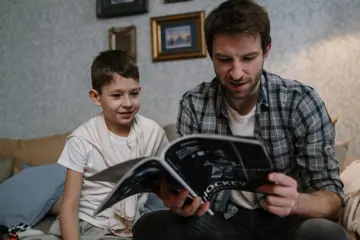Tips for preparing to welcome a child
Gather as much information as you can about the child or young person as they move into your care, including as much as you can from the people in their lives who know them well. Things to find out include:
- What is their routine?
- What things are important to them?
- What do you need to have in place or replicate?
- Are there any triggers for anxiety?
- Is there anything you need to avoid?
- What are their dislikes?
- What is known to help the child feel safe, calm and secure?
- Food may be very important to the child (e.g. they may not eat anything red, they might like certain textures).
- Do they have a sensory diet /daily activity plan?
- Find out as much as you can! You will need to consider all of their sensory needs.



